My favourite painting: Sir Tim Rice
Tim Rice chooses Holbein's iconic portrait of the ill-fated Thomas More, one of Henry VIII's most important advisors before he fell out of favour.
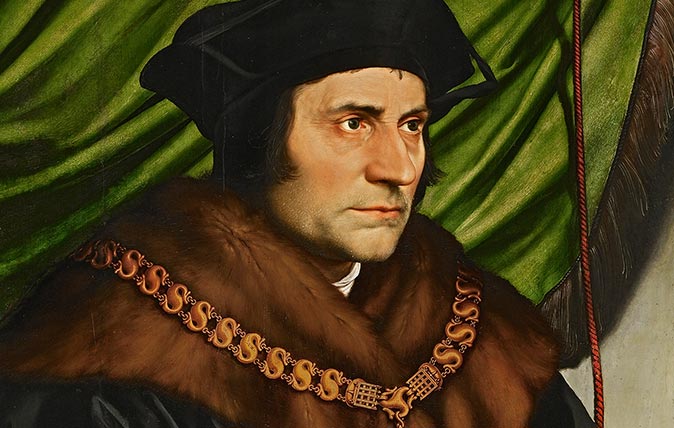

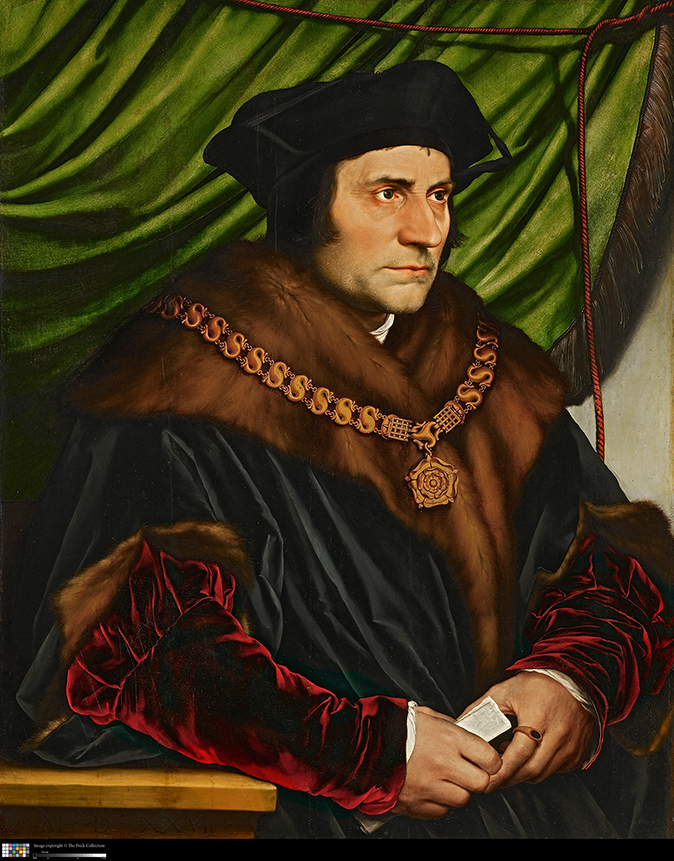
Tim Rice says:
‘This astounding 1527 portrait of Sir Thomas More hangs in the Frick Collection, New York, alongside another Holbein masterpiece of the time, a portrait of Thomas Cromwell. The portrait of More is like a high-definition photograph, showing that nothing has changed in human physiology for five centuries. The character of the subject is laid bare – in all its brooding charisma, sinister calculation and, not least, delight of sartorial decoration. One feels one knows him, but would rather know the artist.’
Sir Tim Rice is a lyricist
John McEwen says:
Hans Holbein the Younger, the greatest German artist of his time, was born in Augsburg and learned his trade from his father before moving to Swiss Basel, where he prospered. Book illustration introduced him to Humanist circles.
Renaissance Humanism bore no relation to today’s term. It meant the study of Classical Greek and Latin literature and aspiration to humanitas, human virtue, which embraced social criticism and ‘Utopian’ (More’s coinage) ideals; action as much as reflection.
Holbein’s dramatically realistic portraits were a consequence. In 1523, he painted the Humanist scholar Erasmus and, when Basel was beset by anti-artistic Protestant fanatics, he left for London, armed with a letter of introduction from Erasmus to Thomas More.
He entered More’s household – described by Erasmus, who had stayed there three times and written Praise of Folly there, as a Christian version of Plato’s Academy – and painted the family, including this half-length portrait of More himself. A leading Humanist, More was shortly to assume the supreme office of Lord Chancellor. Henry VIII’s Queen Catherine described him as the king’s only councillor ‘worthy of the position and the name’.
Peter Ackroyd’s biography singles out the eyes as the portrait’s most striking aspect and reminds us that More always wore a penitential hair-shirt to chafe his skin. Stubble on his chin bears witness to Erasmus’s description that his friend was ‘neglentissimus’ in dress and appearance. The linked S-S of his gold chain of royal service stood for Souvent me Souvient (Remember me Often).
Sign up for the Country Life Newsletter
Exquisite houses, the beauty of Nature, and how to get the most from your life, straight to your inbox.
From 1533, Holbein painted for Henry VIII. When Henry forsook Catholicism, More’s fidelity to the old faith had him beheaded for high treason in 1535. He was declared a saint in 1935.
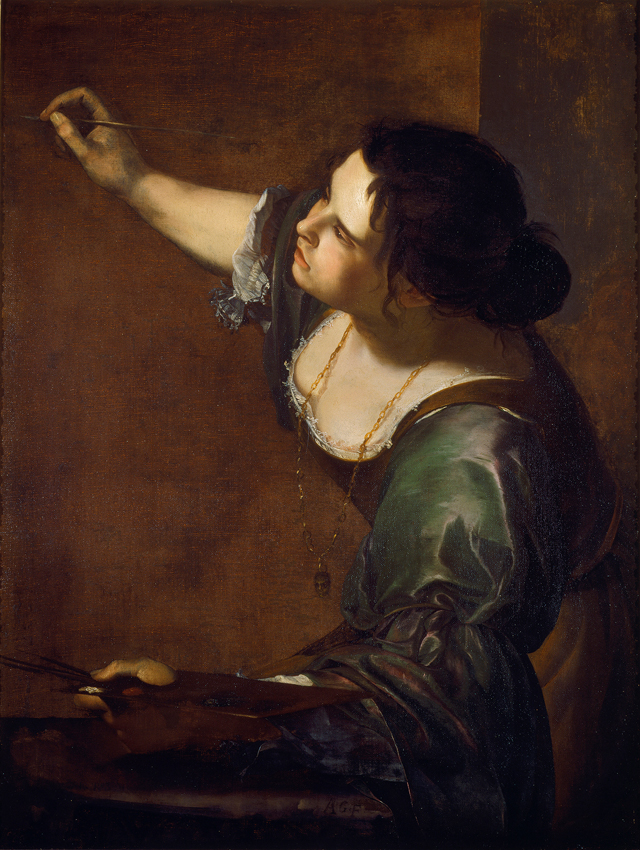
My favourite painting: Sandi Toksvig
Sandi Toksvig chooses her favourite painting for Country Life.
My favourite painting: Christopher Brickell
'This is and has been my favourite painting, now and for many years past.'
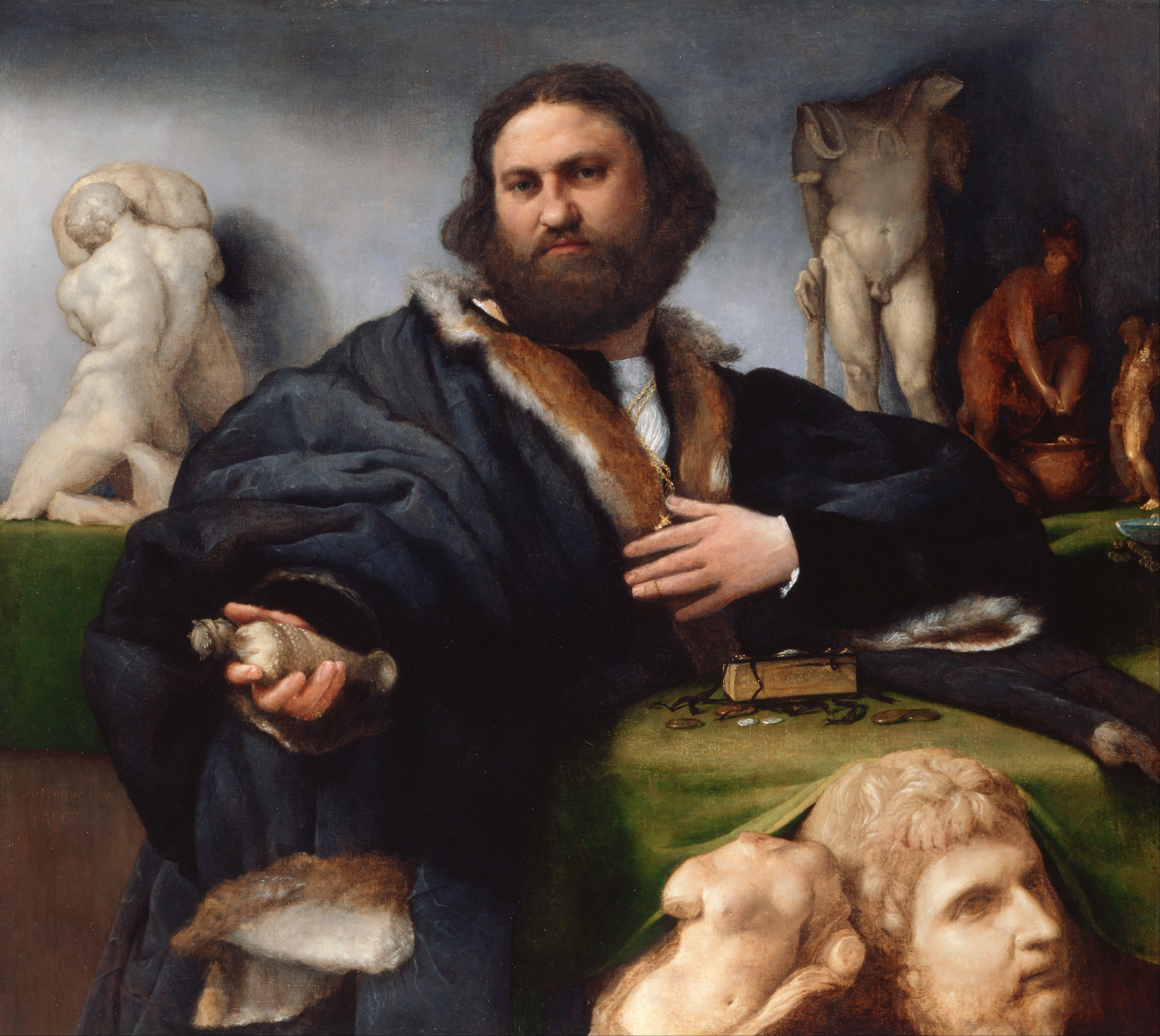
My favourite painting: William Agnew
William Agnew chooses his favourite painting for Country Life.
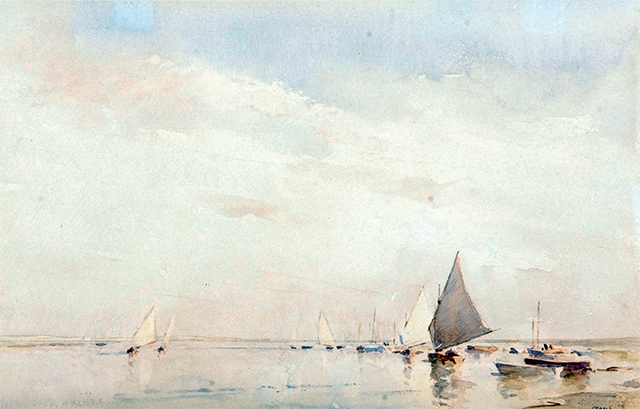
My favourite painting: Alastair Fothergill
Alastair Fothergill chooses a waterolour which reminds him of growing up on the North Norfolk Coast as his favourite painting
Country Life is unlike any other magazine: the only glossy weekly on the newsstand and the only magazine that has been guest-edited by HRH The King not once, but twice. It is a celebration of modern rural life and all its diverse joys and pleasures — that was first published in Queen Victoria's Diamond Jubilee year. Our eclectic mixture of witty and informative content — from the most up-to-date property news and commentary and a coveted glimpse inside some of the UK's best houses and gardens, to gardening, the arts and interior design, written by experts in their field — still cannot be found in print or online, anywhere else.
-
 Two quick and easy seasonal asparagus recipes to try this Easter Weekend
Two quick and easy seasonal asparagus recipes to try this Easter WeekendAsparagus has royal roots — it was once a favourite of Madame de Pompadour.
By Melanie Johnson
-
 Sip tea and laugh at your neighbours in this seaside Norfolk home with a watchtower
Sip tea and laugh at your neighbours in this seaside Norfolk home with a watchtowerOn Cliff Hill in Gorleston, one home is taller than all the others. It could be yours.
By James Fisher